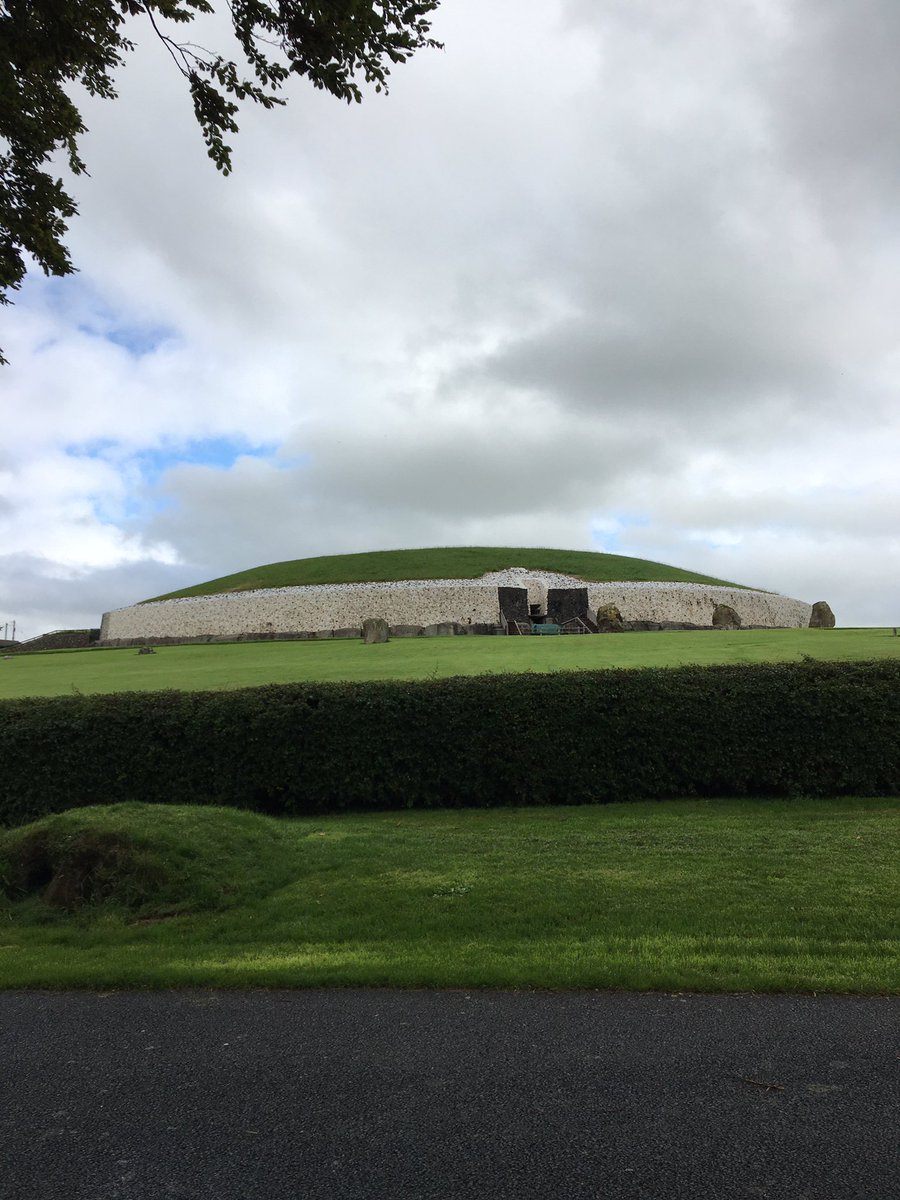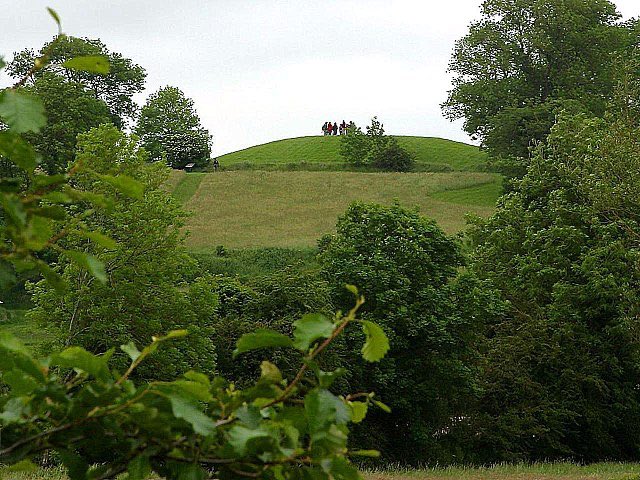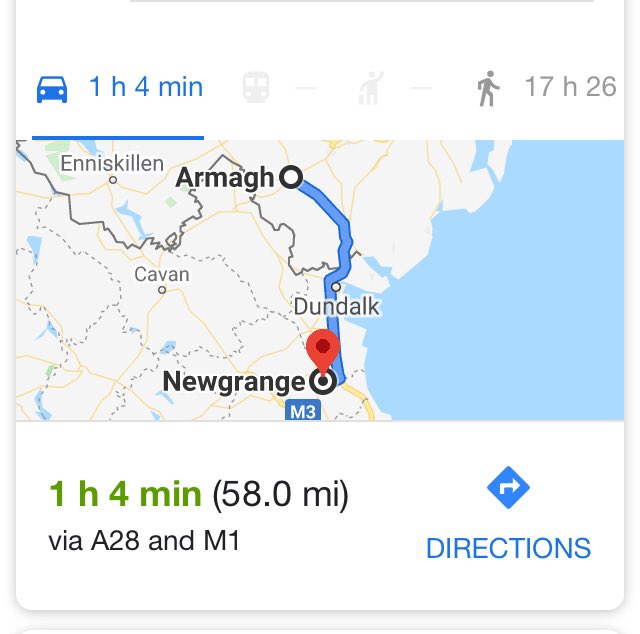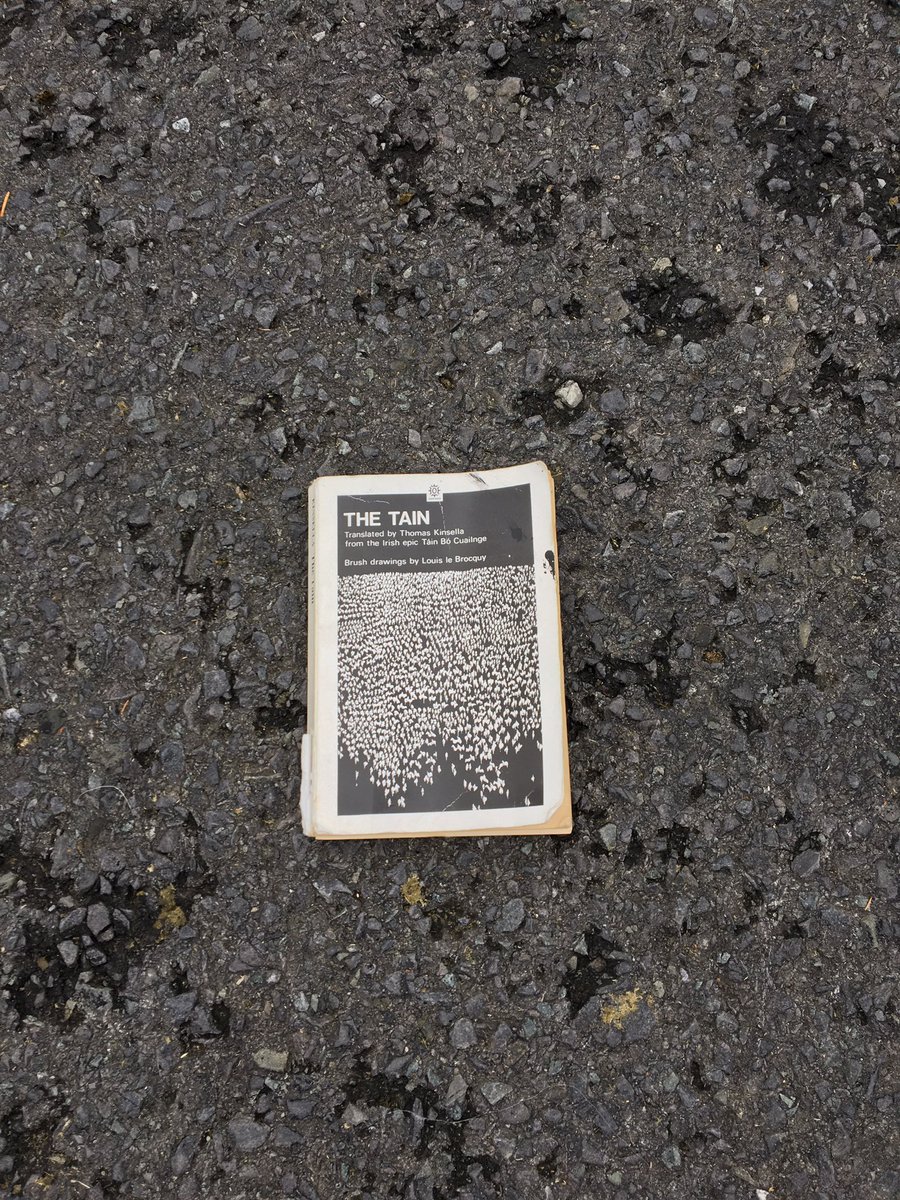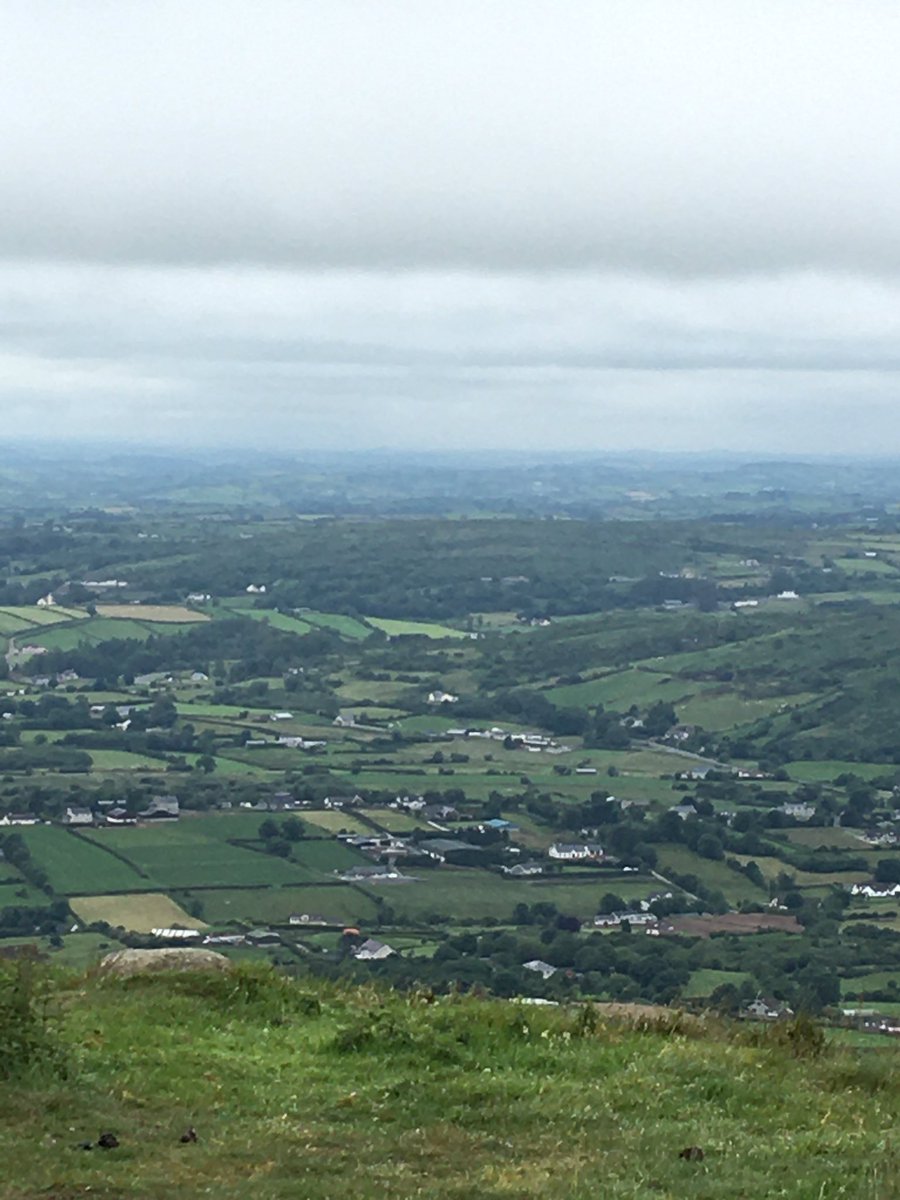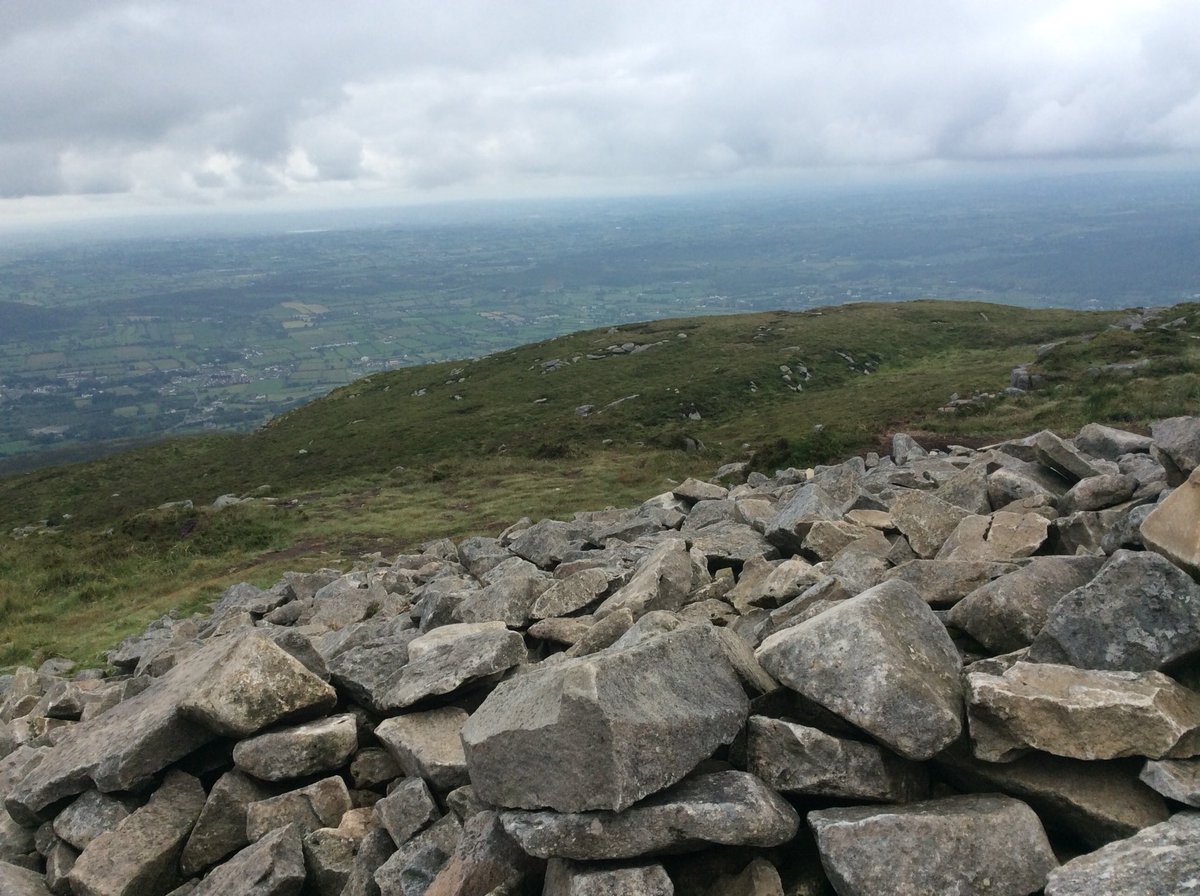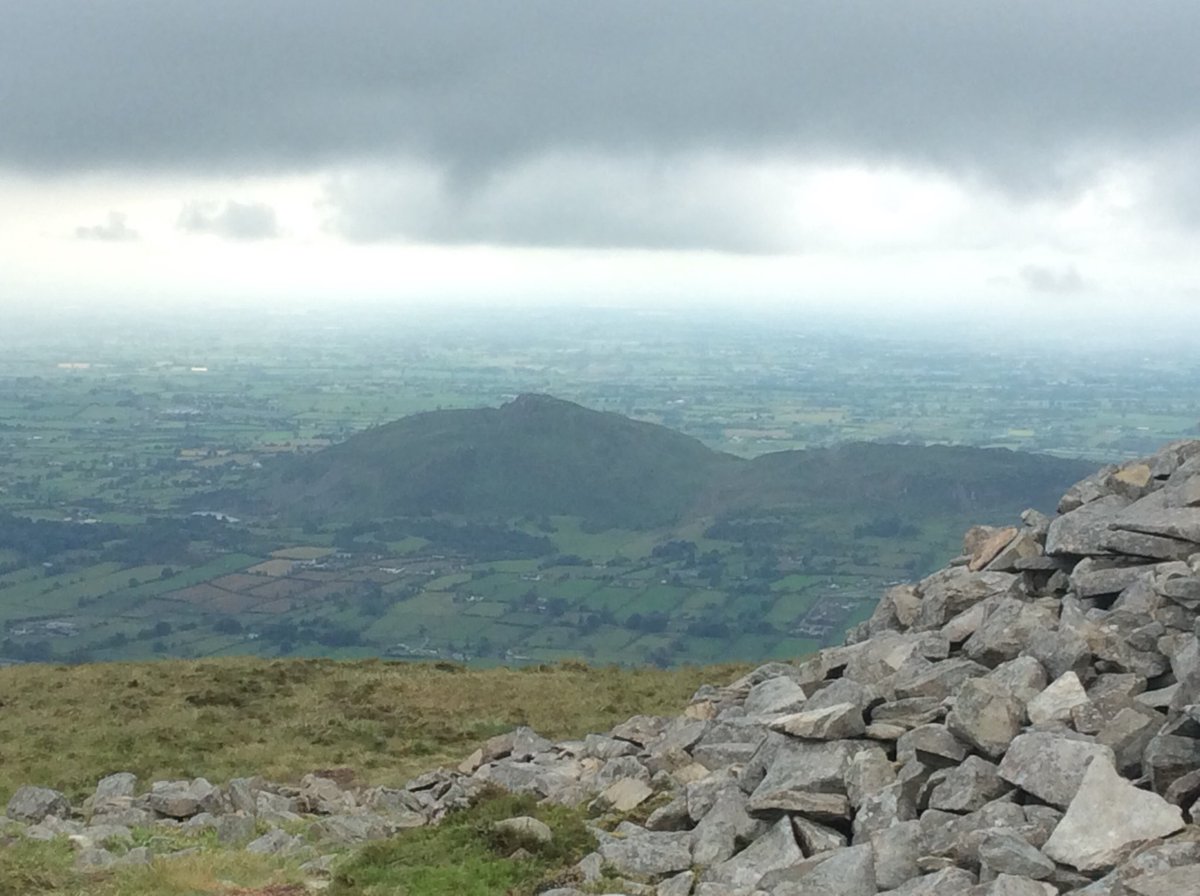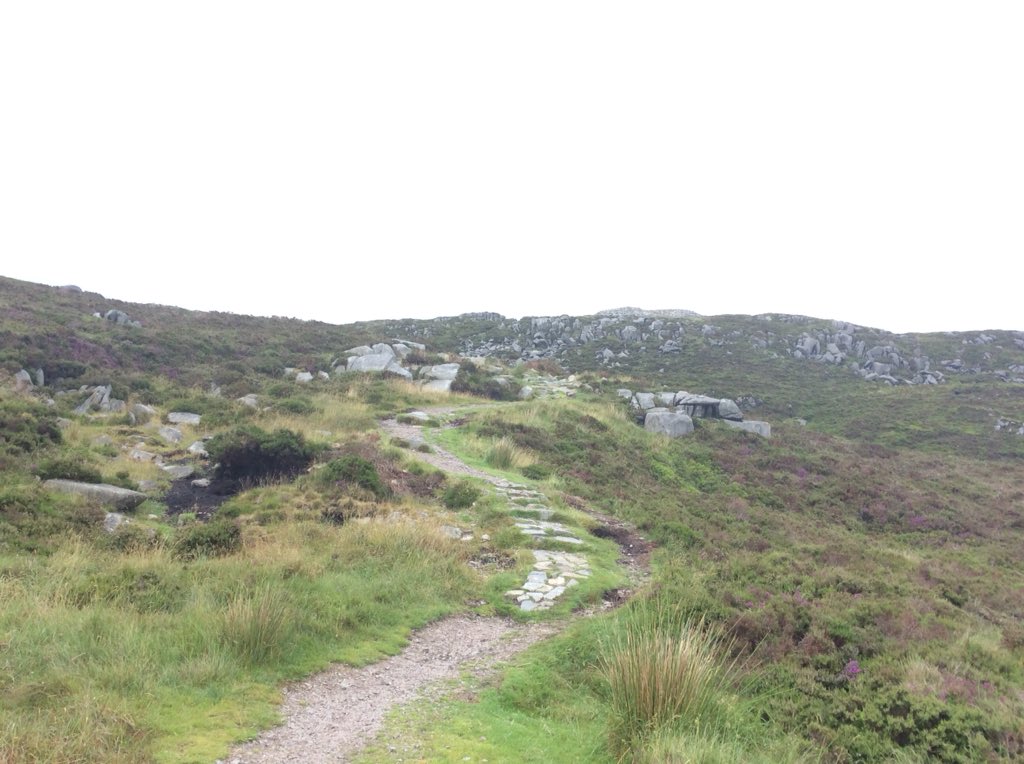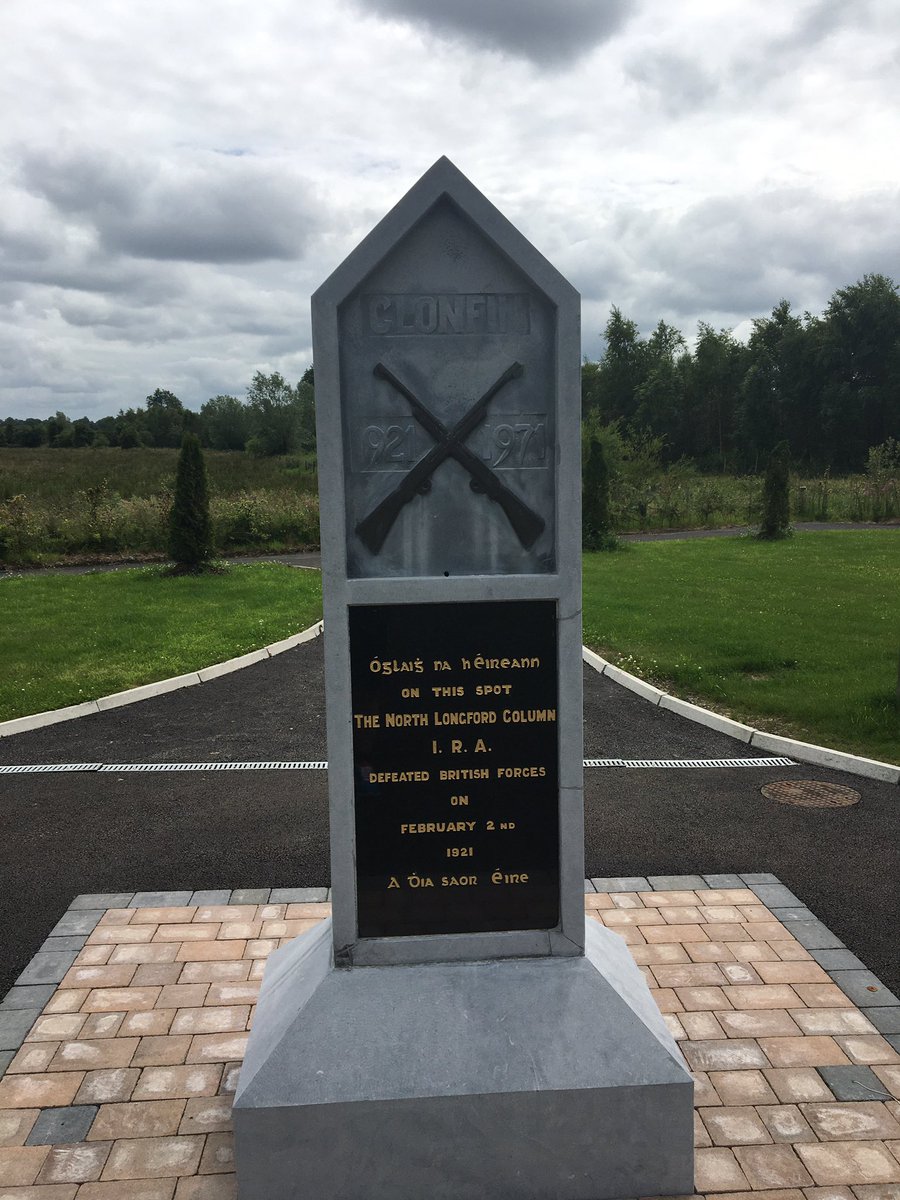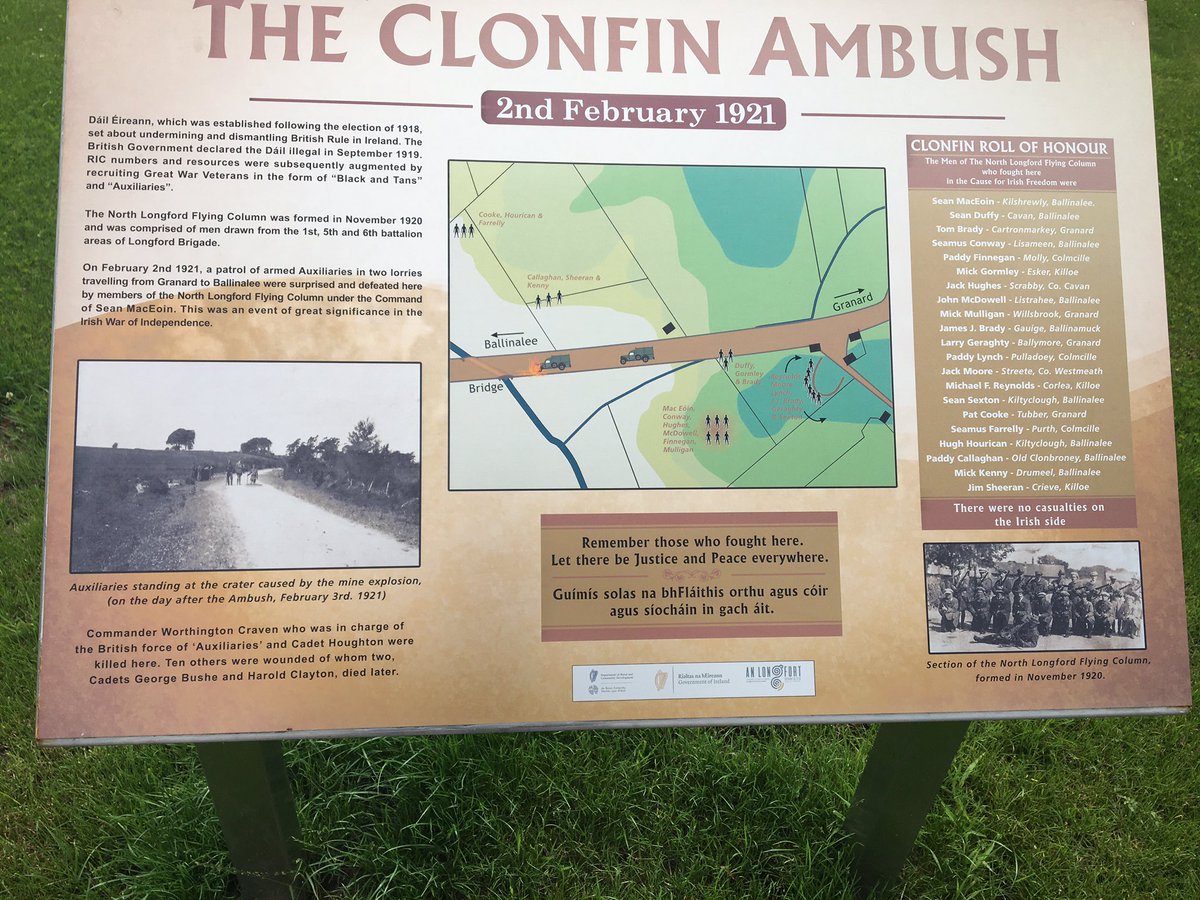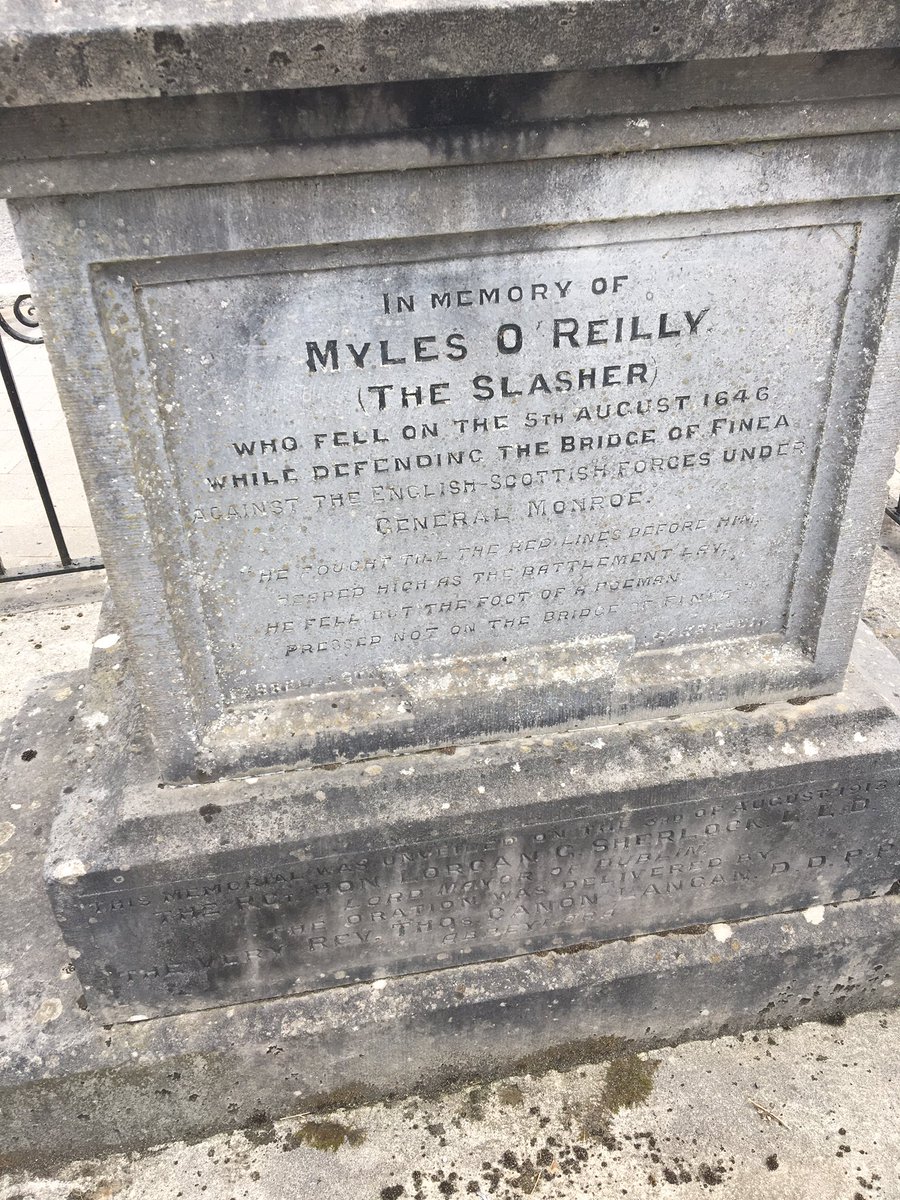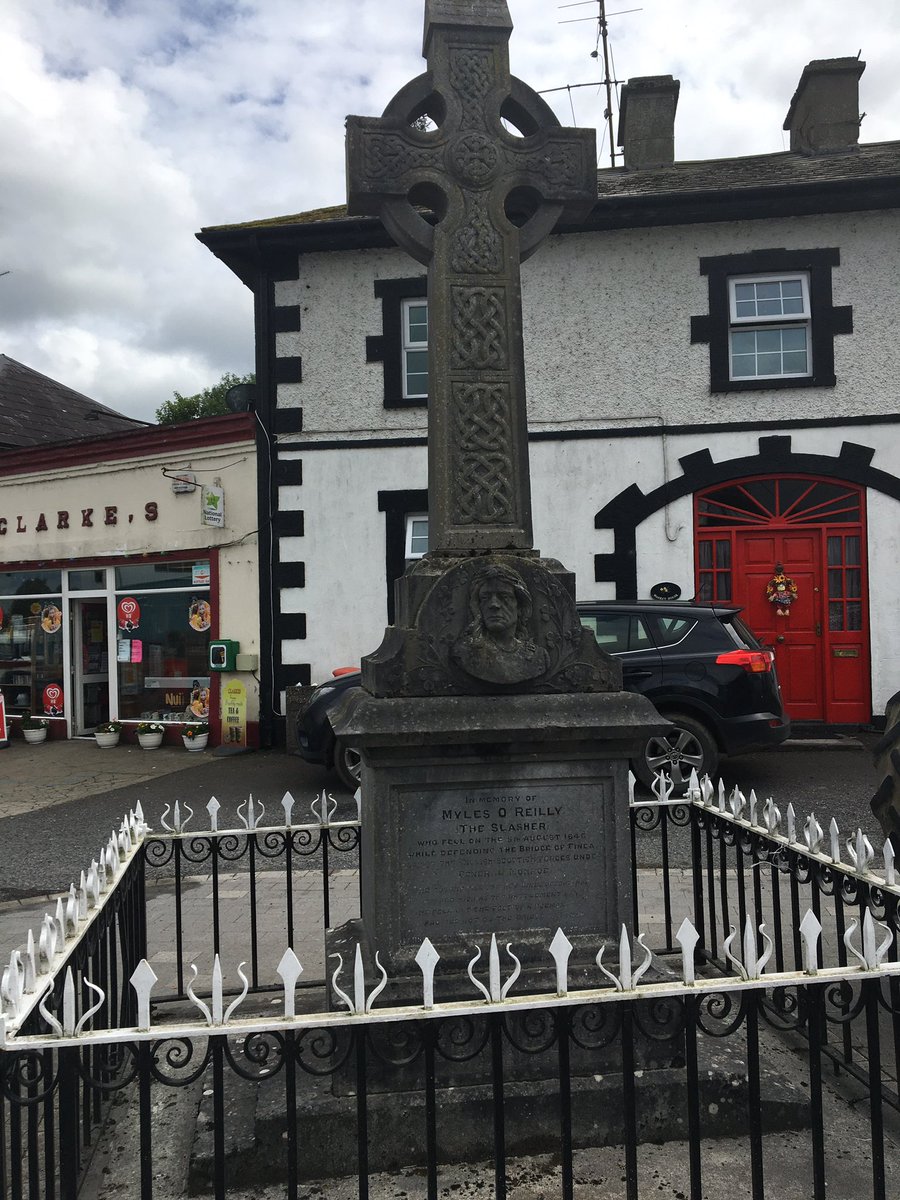
The picture below is of Jelling, the political center of Harald Gormson, Viking leader of Denmark. The stones represent his conversion to Christianity c. 960. Gormson is also known as Bluetooth and that’s where “Bluetooth” as in WiFi gets its name. Did you know that? #Vikings 

Anyway, for the time being we have no interest in Christianized Viking, preferring the pagan lads (and lassies) who began settling in Ireland after 835 or so #Vikings
The first raids took place in 795 and were bad enough. But by the 830s they started to set up permanent settlements from which to raid inland. These settlements were called “longphorts” and were established on rivers and lakes #Vikings
We heard of a fleet of 60 Viking ships on the Boyne in the 830s - perhaps up to 1000 vikings (yikes!) but where was their base? One suggestion is Athlumney in Navan. A burial discovered in 1800s seems to be a Viking one and the location is ideal for a longphort #Vikings
A well known longphort existed at Dunrally in County Laois on the river Barrow. It was destroyed by the Laoismen in 860 or so. Their leader escaped. A major longphort existed at Annagasson in Louth and of course one at Dinh Linn - the Black Pool - at Dublin #Vikings
The Irish kings were getting a little tired of all this raiding and slaughtering that the Vikings were doing, so in 902 they attacked Dublin - guess what happened. #Vikings
Interestingly, it was just at this time that the Irish were beginning to construct souterrains - underground chambers - which some suggest were refuges against Viking attacks #Vikings 



Now, I for one, would not like to be stuck in an underground chamber with dozens of pillaging Vikings legging it about the place but.. the Vikings were often looking for slaves, so a souterrain might be an ok place to hide your family #Vikings
Viking raids were sudden, smash and grab affairs. Small numbers of Vikings could not hang around too long. A raid on a ring fort needed to be swift as Irish reinforcements could appear any minute. Families hiding in souterrain might just save them from a life in slavery #Vikings
Dublin was one of the largest slave markets in Europe. While the Irish were fond of slavery, the Vikings were divils for it altogether. Slaves were needed to farm the newly discovered Iceland (discovered by Eric the Red c. 870) #Vikings
Back to the fighting at Dublin in 902, Irish people will be glad to hear and Viking people will be disappointed to hear that the Irish won and drove the Vikings out of Dublin #Vikings
But ... before us Irish start celebrating our famous victory of 902 and before Viking people get too upset you will be respectively sad and happy to hear that in 917 the Vikings came back and .. yes ... you guessed it .. the Vikings won the return match #vikings
• • •
Missing some Tweet in this thread? You can try to
force a refresh

